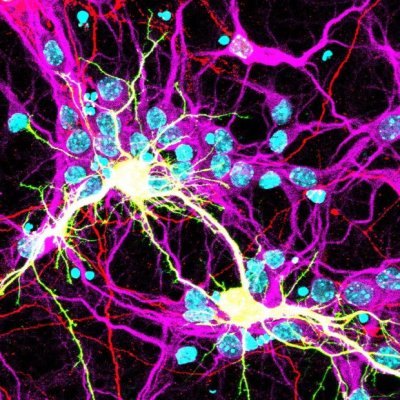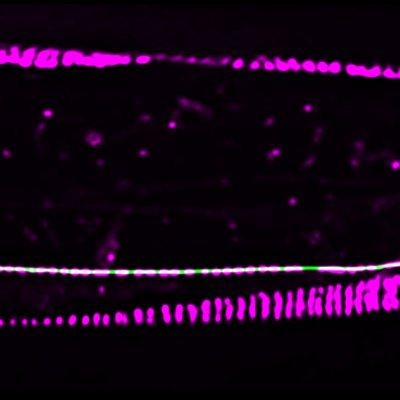Researchers at QBI have discovered viruses such as SARS-CoV-2 can cause brain cells to fuse, initiating malfunctions that lead to chronic neurological symptoms.
8 June 2023Researchers at The University of Queensland have identified a molecule essential for regulating the repair of injured nerves, which could help people recover from nerve damage.
17 March 2022A way in which some connections between brain cells can resist degeneration – a hallmark of traumatic brain injuries and neurodegenerative diseases — has been discovered by researchers at The University of Queensland.
16 January 2020Australian and US scientists have developed a new technology for studying the genetics of a common roundworm used to understand nerve development and nerve degeneration.
30 April 2012In humans, regeneration of the peripheral nervous system after injury remains a hit-or-miss affair, while brain and spinal cord damage usually results in lifelong disabilities.
30 March 2011Most people don’t think twice about the roundworms in their backyard, however Dr Massimo Hilliard has built his career studying them – and now the Queensland Brain Institute (QBI) neuroscientist has been rewarded for his efforts.
28 September 2010
